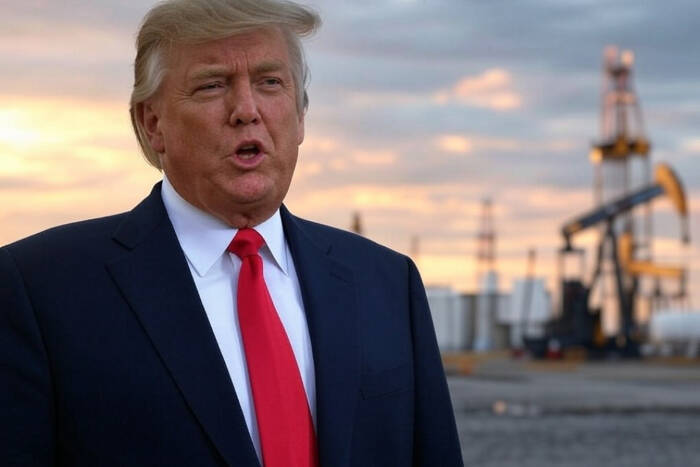A 500% tariff would make Russian oil uneconomical for both nations, likely rerouting demand toward non-Russian barrels and creating immediate arbitrage opportunities.
At the same time, refined product exports built on Russian feedstock—especially from Indian refiners—could be destabilized.
Shipping issues are compounding the risk.
With 183 Russian tankers now blacklisted, freight rates to Asia have jumped 50%, and Russia is being forced to use older, lightly insured vessels and more ship-to-ship transfers—raising supply chain risk.
Oversupply Narrative Hides Fragile Market Balance
Global oil supply is currently outpacing demand—rising by 2.1 mb/d versus demand growth of just 700–720 kb/d.
But inventory builds since February are masking just how fragile the market actually is to external shocks.
Over 80% of OPEC+ spare capacity is located in the Middle East, mainly in Saudi Arabia and the UAE.
Both countries rely on the Strait of Hormuz, which remains a geopolitical flashpoint.
U.S. shale is pumping at a record 13.4 mb/d, offering some flexibility.
But breakevens in the $62–64 range and rising input costs are limiting the pace of new drilling.
Tariffs on steel and equipment are adding $3–5 per barrel to production economics, reducing the speed of response to any price spike.
Volatility Trades Gain Momentum as Resistance Levels Approach
Traders are moving away from directional bets and into volatility strategies.
February $75 Brent calls have surged from $0.43 to nearly $2.00, and $80 Brent calls are trading at a premium of $5.29.
ICE Brent net long positions jumped by 55,630 lots last week, reaching 222,347 lots—signaling growing conviction around potential supply disruption.
Technicals show Brent facing resistance at $80–82, and a breakout could trigger algorithmic buying and trend-following flows.
Market Outlook: Bullish with a Volatility Premium
Trump’s pending Russia statement could be a major inflection point for crude markets.
If significant Russian barrels are taken offline, traders should prepare for a run toward the $80–85 range.
With policy risk high and headline sensitivity elevated, defensive hedging strategies remain the smart approach.
Favor call options, spreads, and producer collars over outright long positions.
Watch sanctioned tanker lists, freight rates, and buying patterns from China and India closely—these are likely to be the first indicators of how aggressively markets will move next.
More Information in our Economic Calendar.

